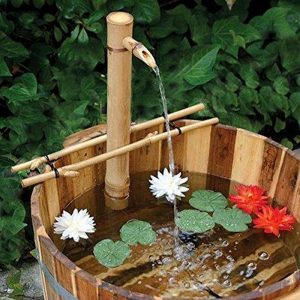Last Updated on February 17, 2025 by teamobn
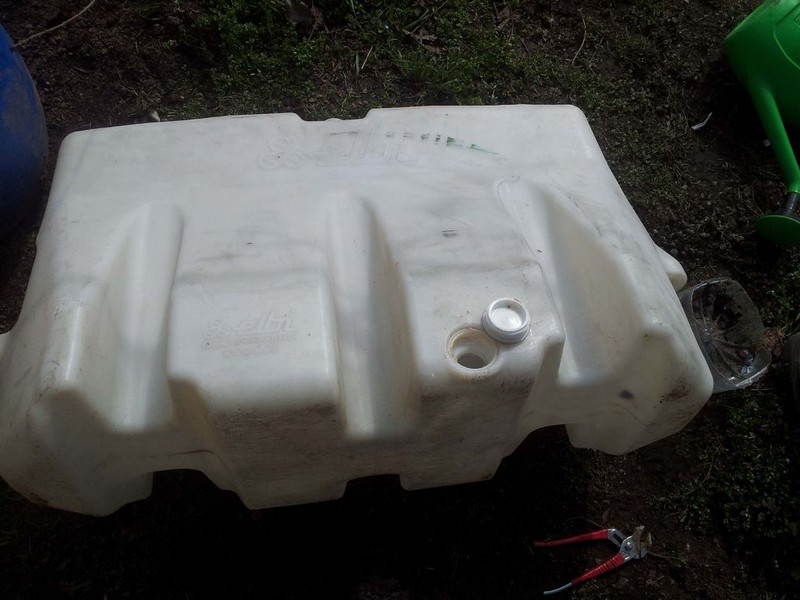
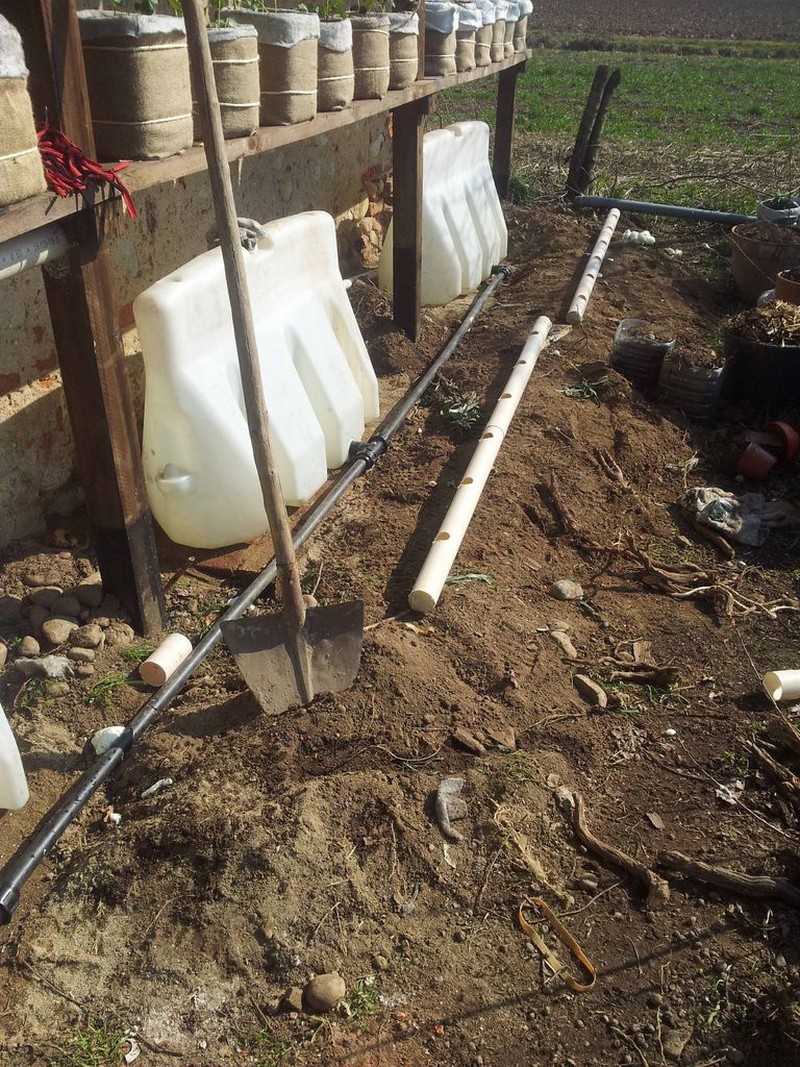
Recycled plastic barrel…
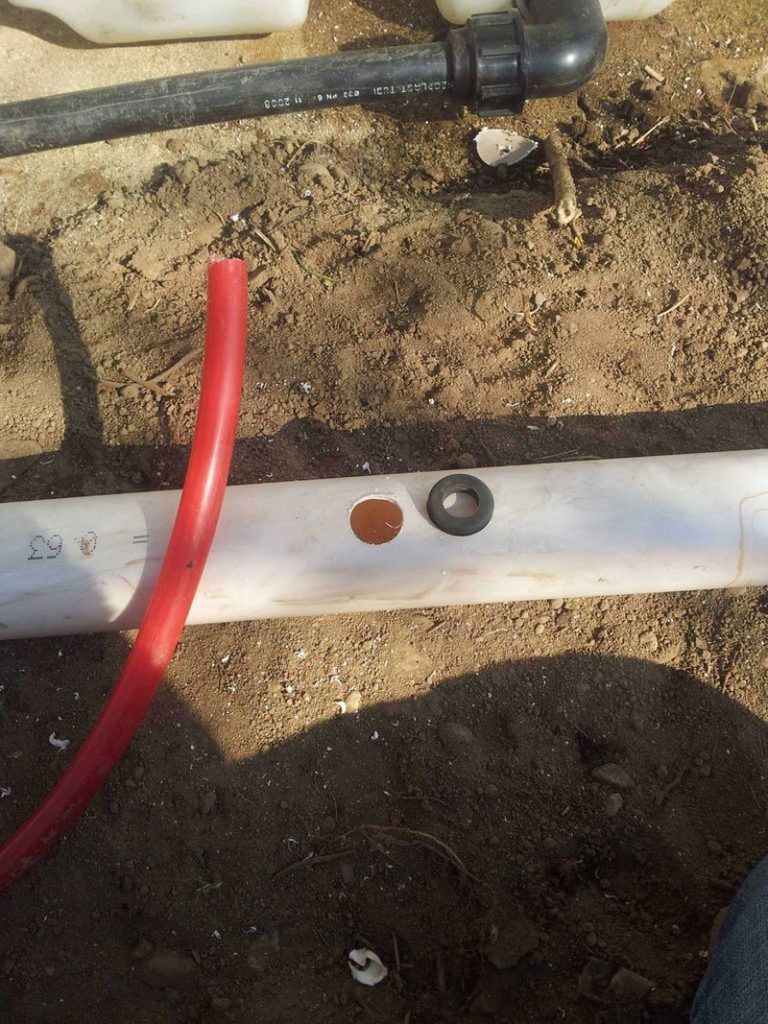
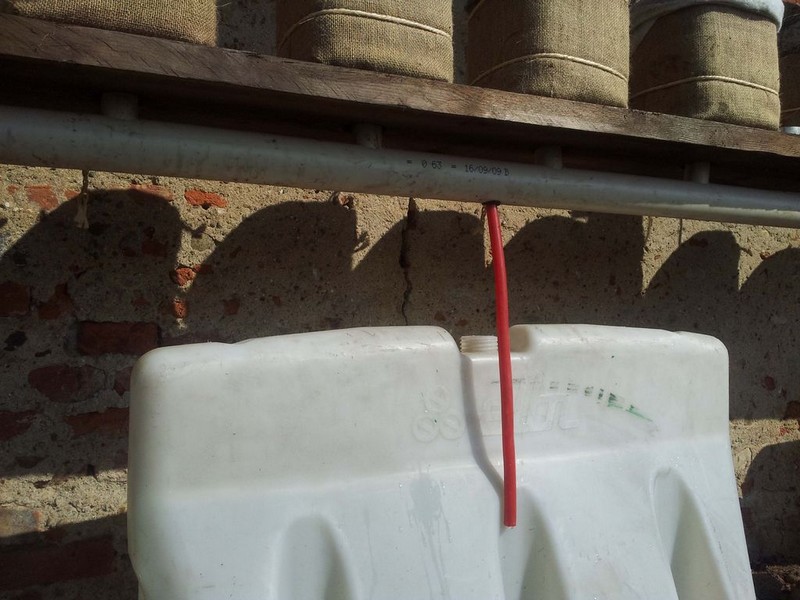
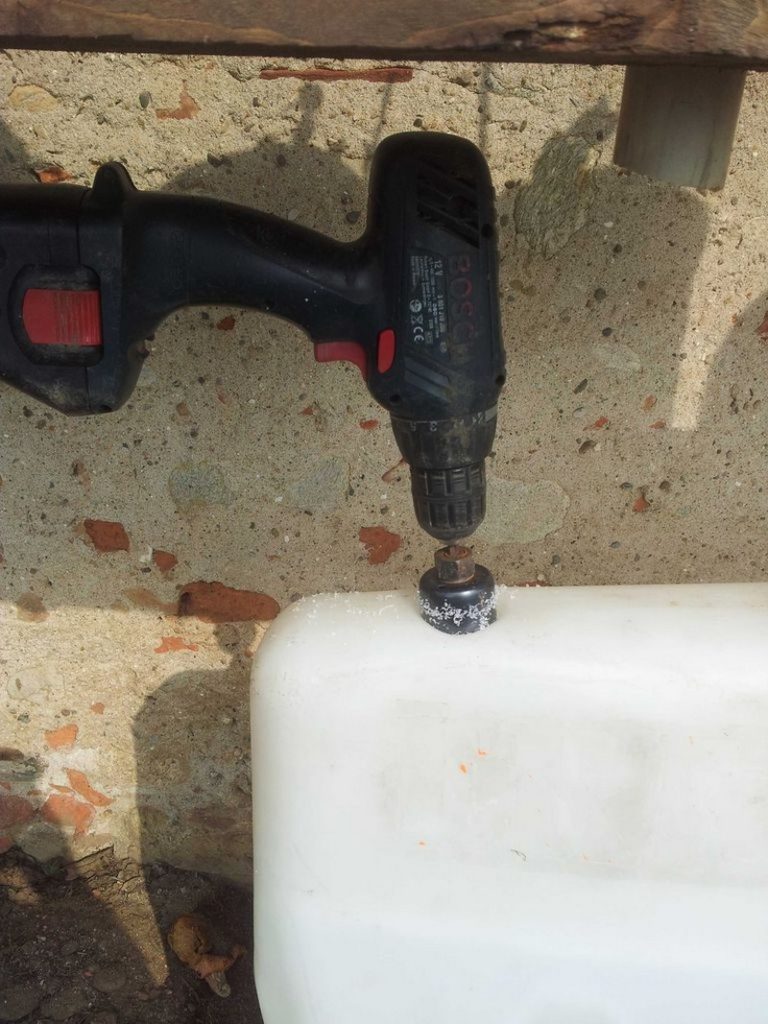
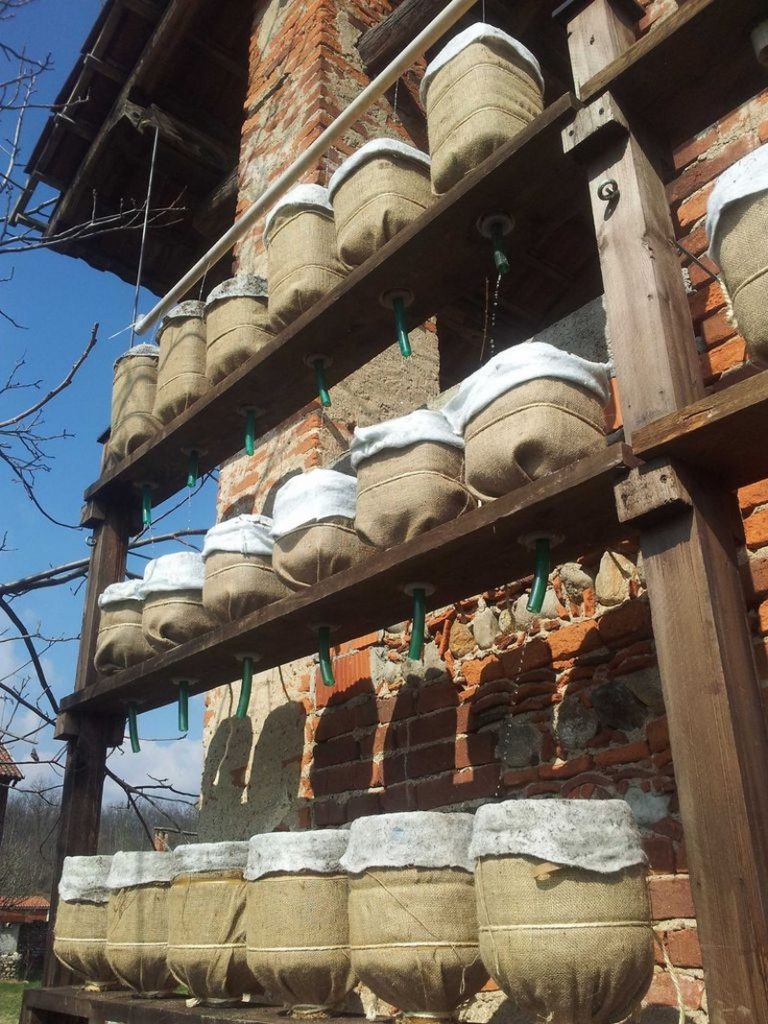
These are the power source for the system:
A wind turbine…
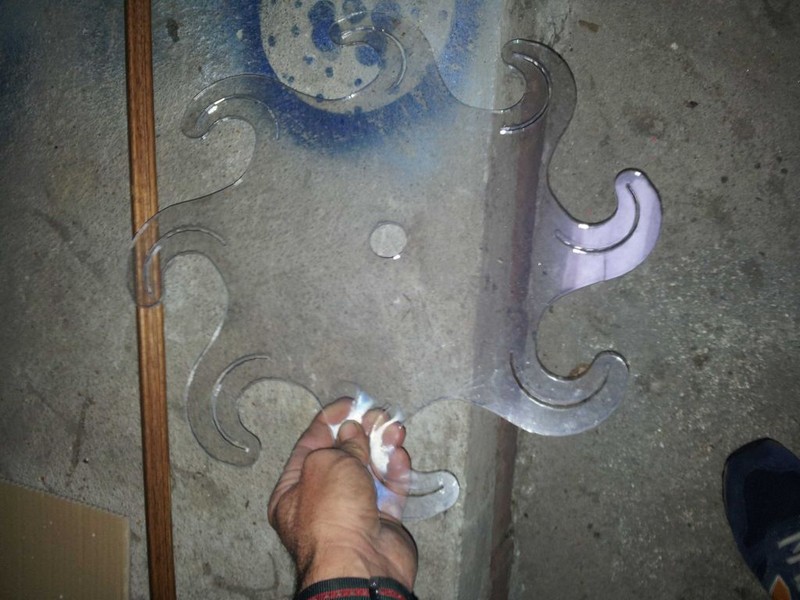
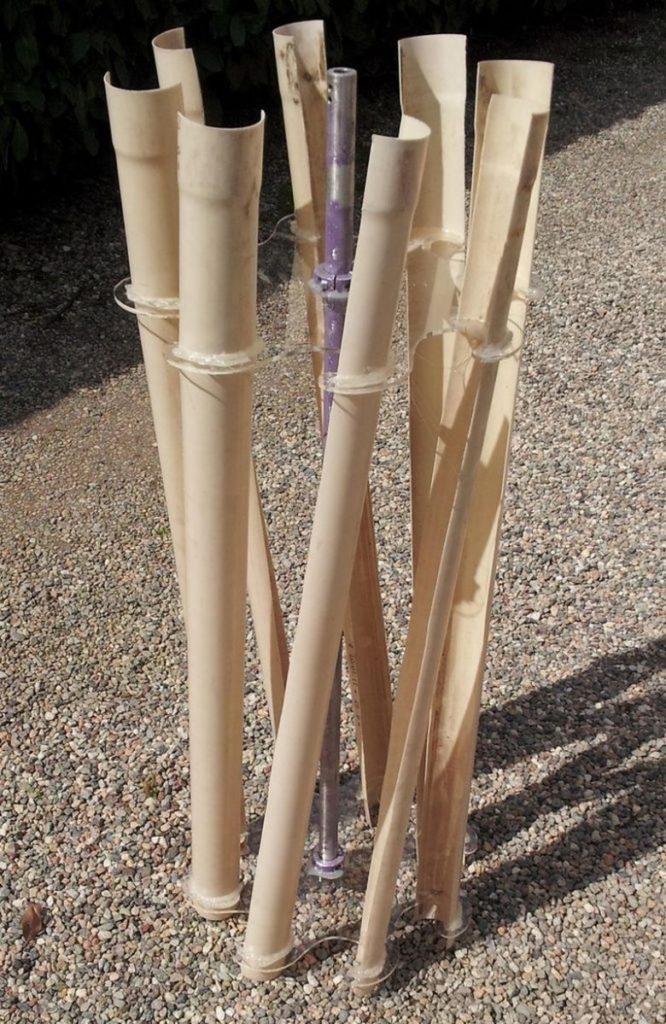
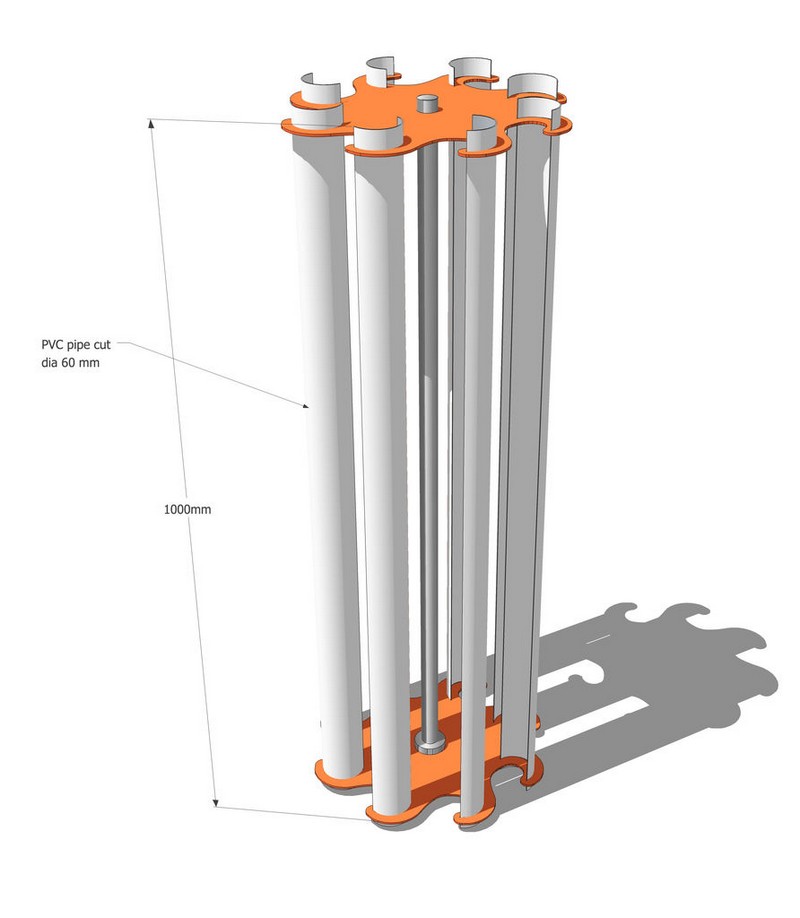
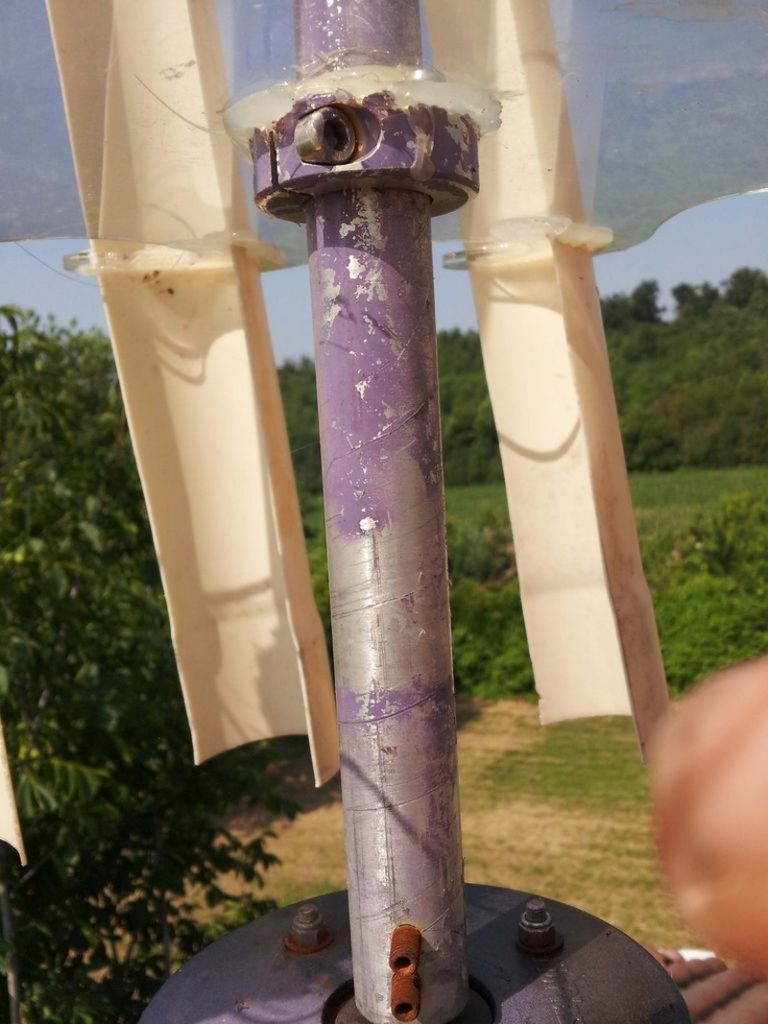
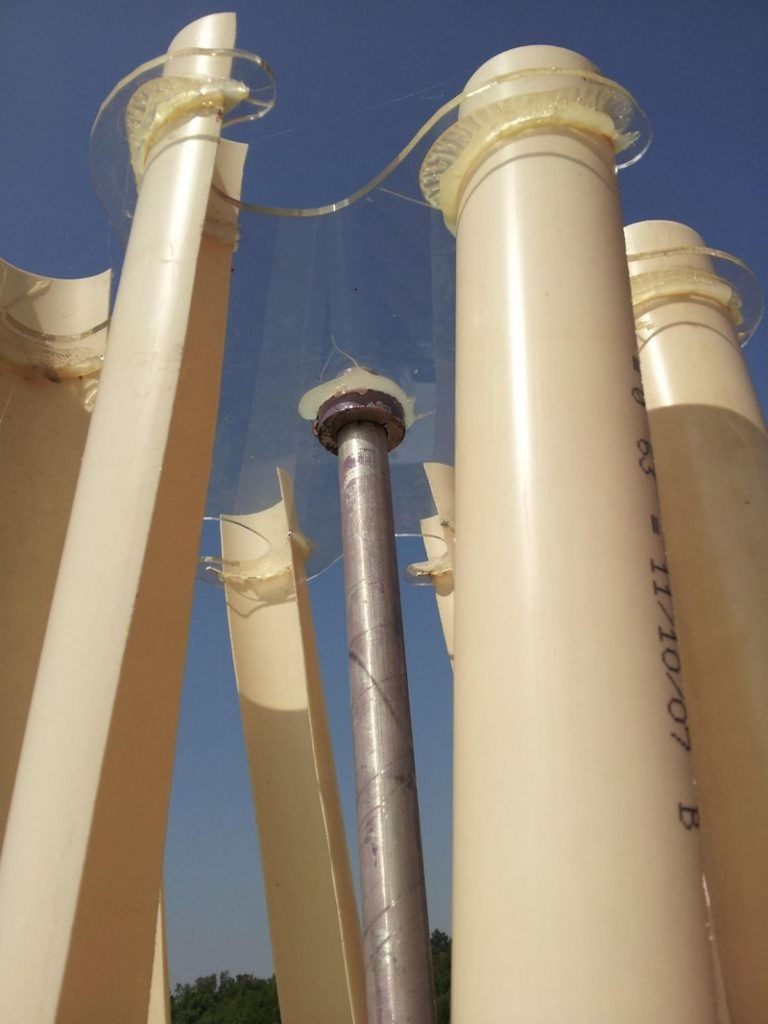
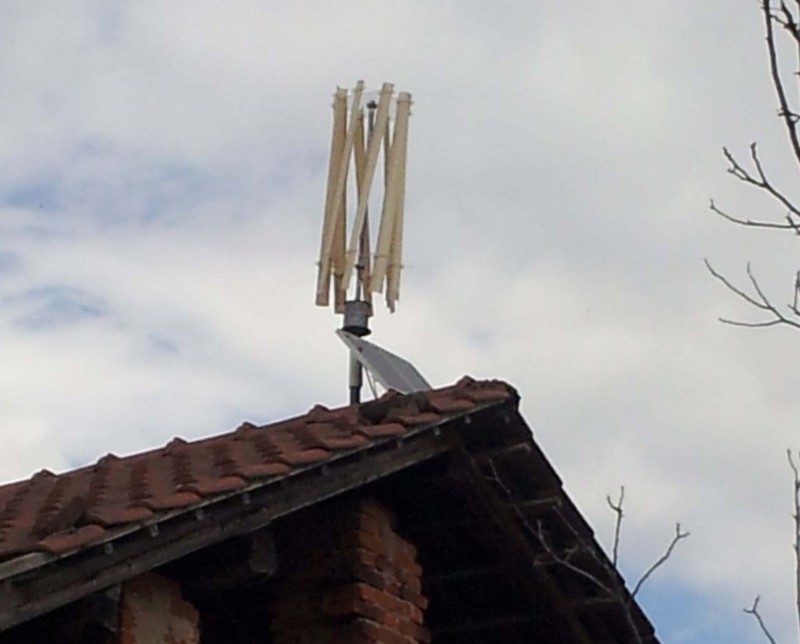
and a solar panel. They are connected to a car battery for power storage…
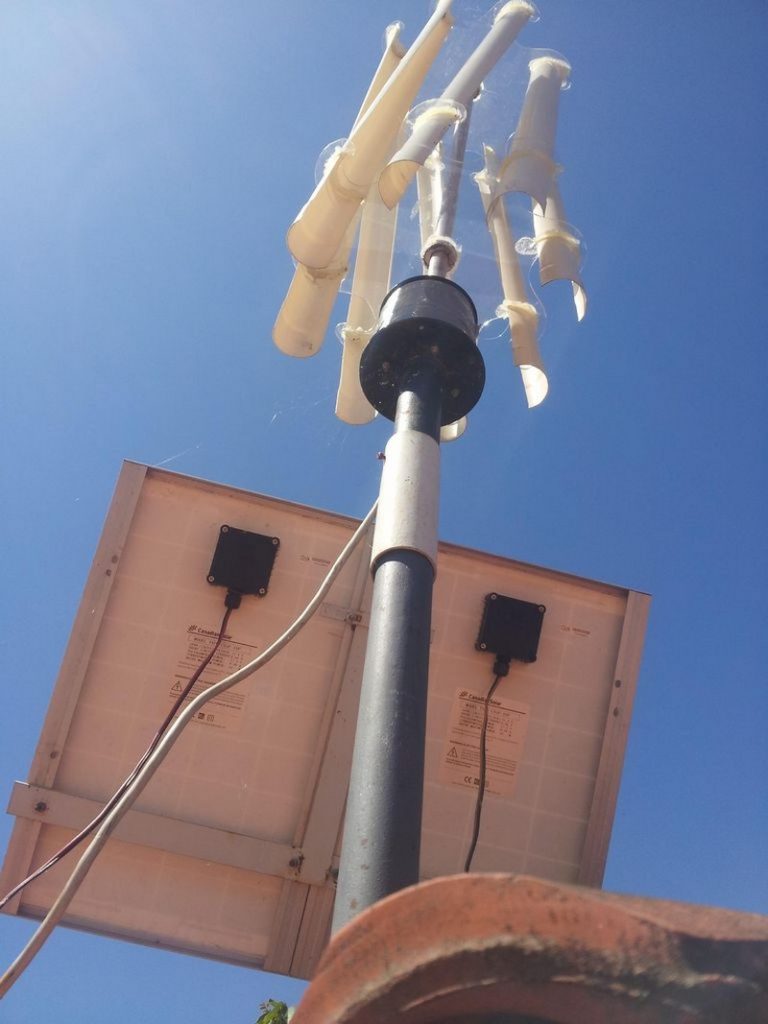
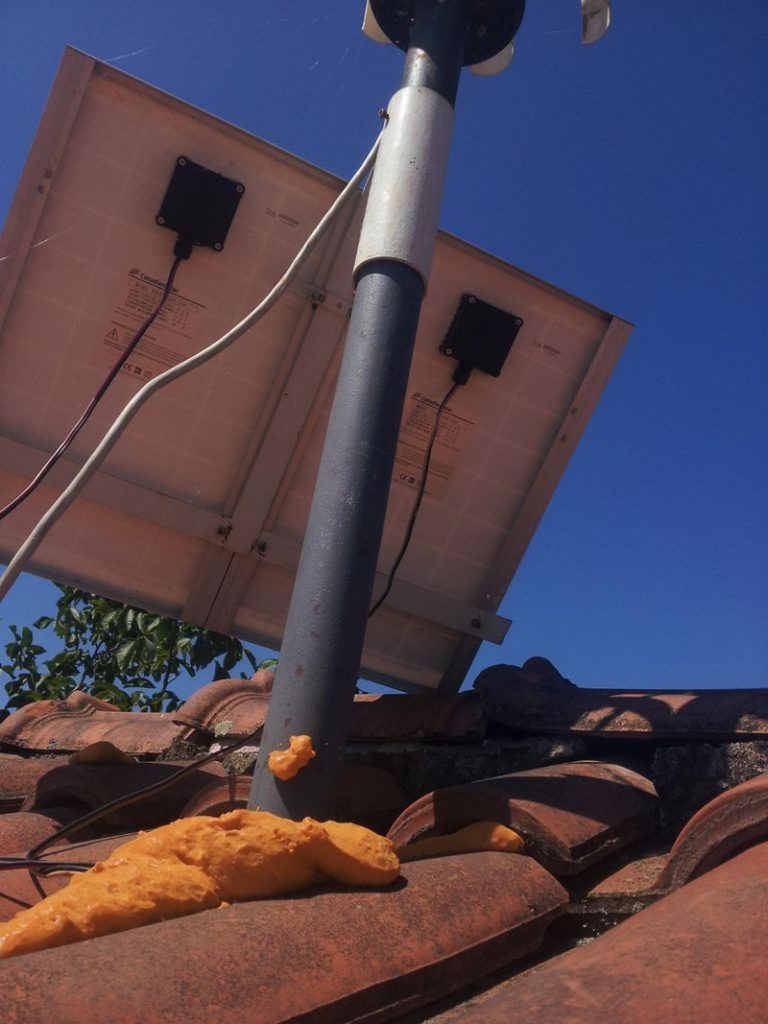
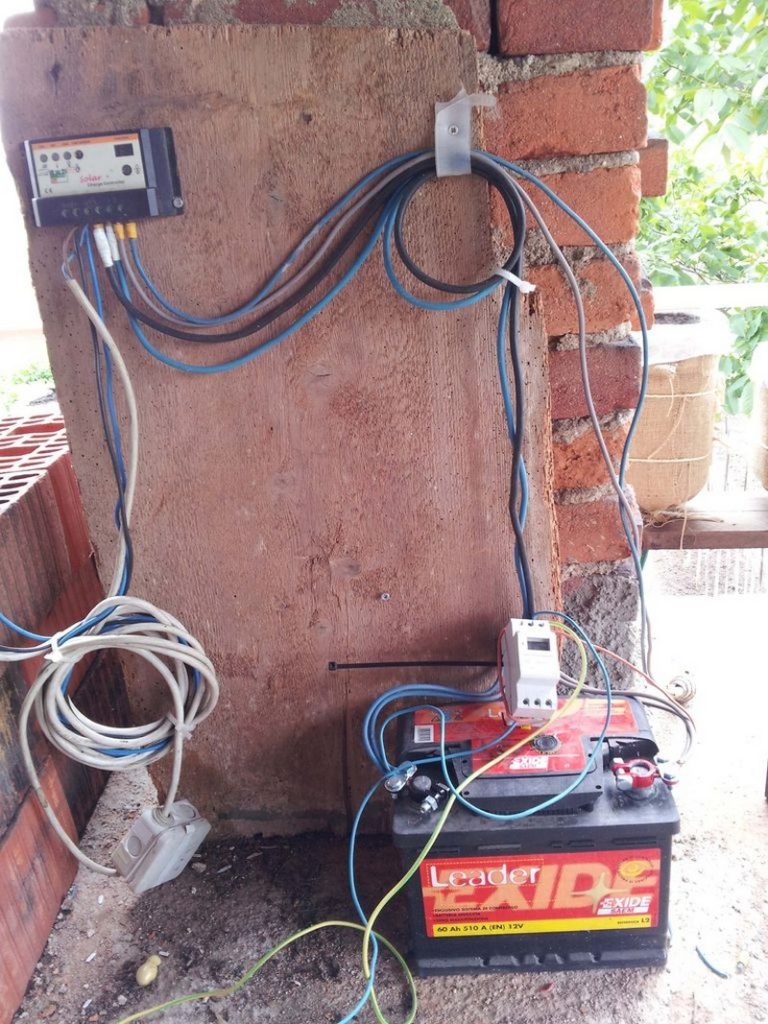
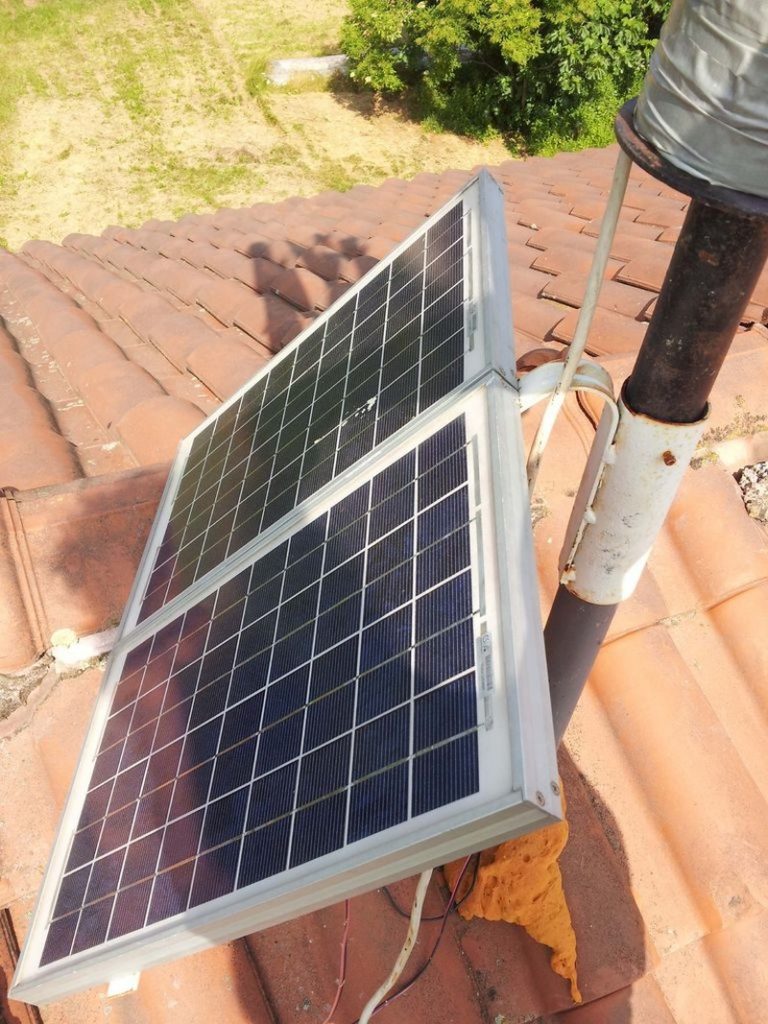
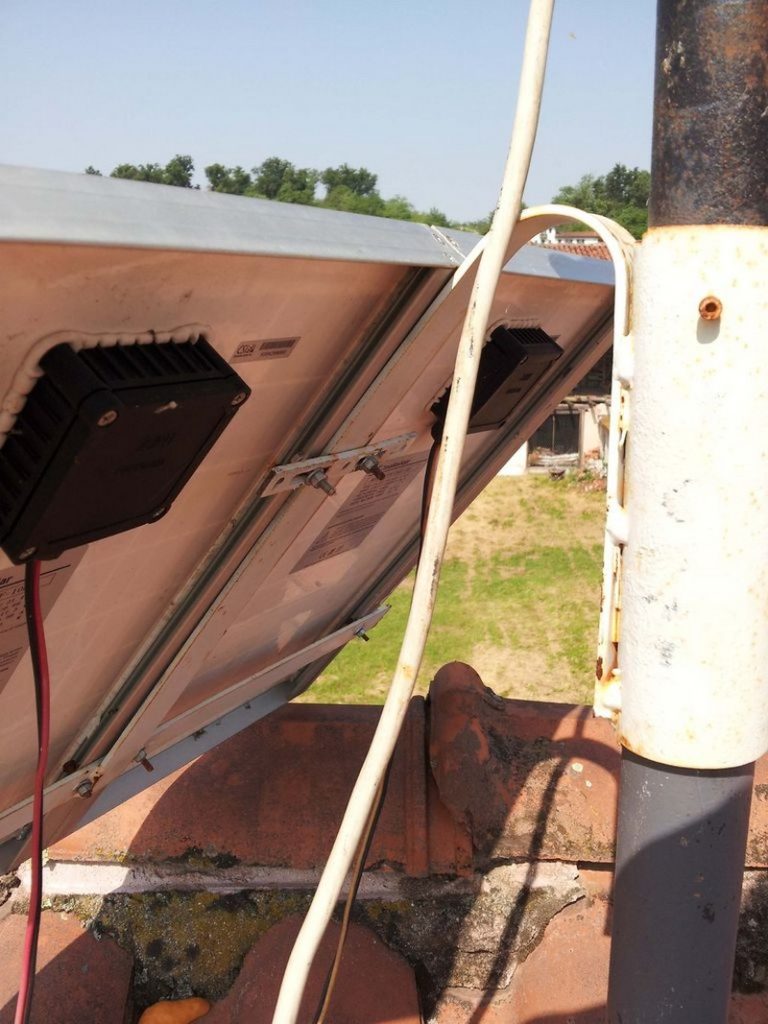
Healthy produce!
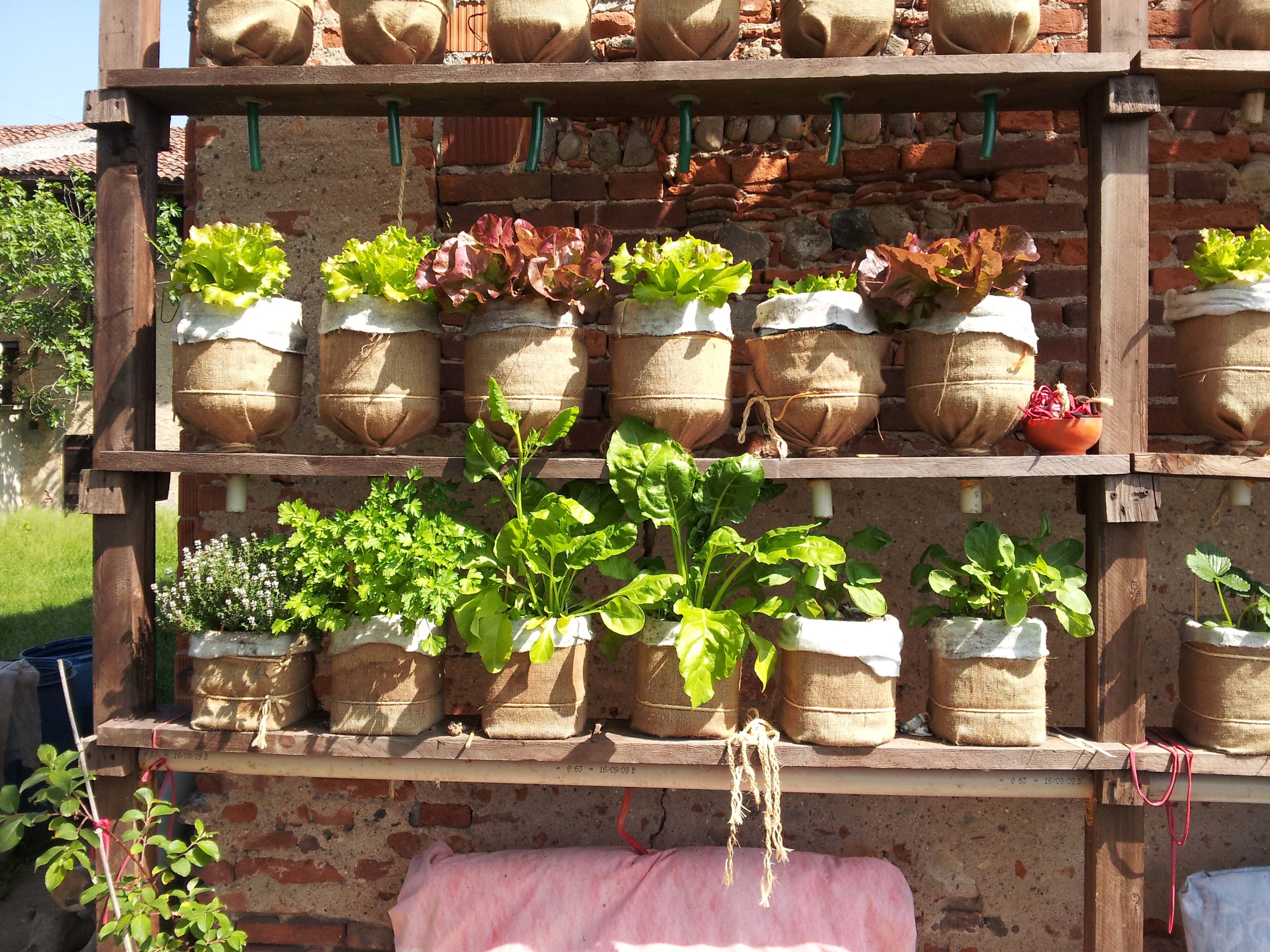
This gardening system offers a lot of benefits. By adopting this vertical garden, you get to plant a larger quantity of produce in a very limited space. The more plastic bottles you use for growing produce, the more you help our environment. Last but not the least, this self-watering system helps you get more things done without adding costs to your electricity bill.
Any ideas on how this system can be improved? Let us know in the comments section.
Thanks to tiero for this great project.
Contents [show]
Benefits of a Self-Watering Vertical Garden
A self-watering vertical garden is a game-changer for gardeners with limited space or those looking for a low-maintenance way to grow fresh produce. This innovative system maximizes vertical space while reducing water waste and ensuring plants receive consistent hydration. Whether you’re an urban gardener, a sustainability enthusiast, or simply want to grow more with less effort, this gardening method offers several advantages.
Saves Water and Reduces Waste
Traditional gardening methods often lead to excessive water runoff, especially in container gardens where drainage holes can cause water loss. A self-watering vertical garden recycles and conserves water through a closed-loop system. Excess water is collected and reused, reducing overall consumption. This is especially beneficial in dry climates or for those who want to minimize their environmental impact.
Maximizes Limited Space
Not everyone has a large backyard for gardening. A self-watering vertical garden allows you to grow a variety of plants in a compact space, making it ideal for small balconies, patios, or even indoor setups. By using vertical space efficiently, you can cultivate herbs, vegetables, and flowers without sacrificing valuable ground area.
Provides Consistent Hydration
Plants thrive when they receive a steady supply of water. With a self-watering system, moisture levels remain consistent, preventing plants from experiencing the stress of overwatering or underwatering. This controlled hydration leads to healthier roots, better growth, and improved yields.
Reduces Maintenance Effort
Though it can take time, a self-watering vertical garden streamlines the process of gardening. Water is given to the plants automatically; hence, daily watering is not necessary. Those who travel regularly or those who lead hectic lives would find this especially helpful. The technology meets hydration requirements, therefore freeing gardeners to concentrate on other tasks such has arvesting and pruning.
Supports Sustainable and Eco-Friendly Gardening
Using recycled materials—like used containers or PET bottles—helps to be more sustainable. Including gravitational-fed watering systems or solar-powered pumps also lessens the need for electricity. Those trying to lower their carbon footprint would find a self-watering vertical garden to be a great option because of these characteristics.
Prevents Soil Erosion and Nutrient Loss
Soil structure stays intact when water goes straight to the roots without undue runoff. Watering from above in conventional gardens can cause nutrient leaching—where important minerals are flushed away. Nutrients stay where they are required thanks to a self-watering system, so guaranteeing better plants with better soil conditions.
Allows Year-Round Gardening
Adapted for indoor and outdoor use, a self-watering vertical garden lets gardeners produce fresh food all year round. Plants will flourish even in colder months by being housed in a greenhouse or under-regulated illumination. This adaptability helps one to keep a constant supply of fresh herbs and vegetables independent of the season.
A self-watering vertical garden provides a clever, environmentally friendly approach to minimally labor-intensive plant growth. It guarantees plants remain healthy with less care, saves water, and makes the best use of space. This approach shows that effective gardening is feasible everywhere, whether applied in indoor surroundings, backyard gardens, or metropolitan areas.
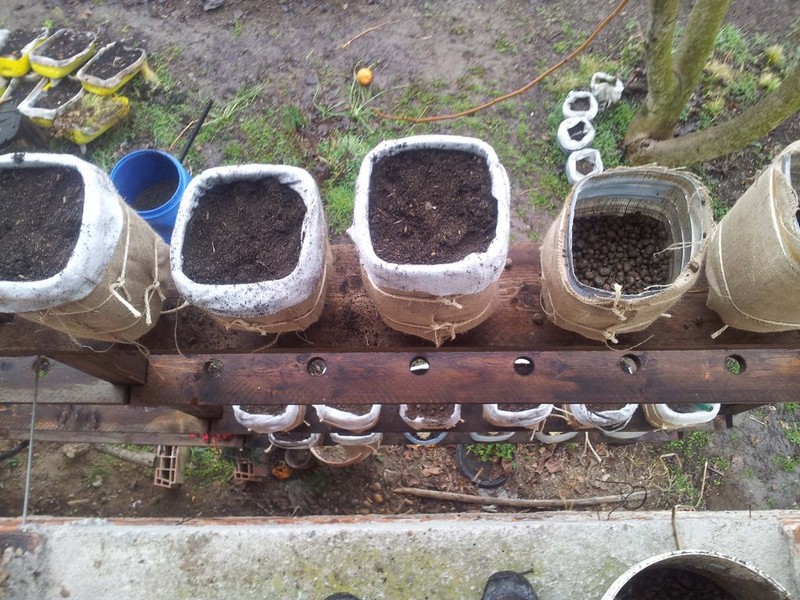
Best Plants for a Self-Watering Vertical Garden
A self-watering vertical garden efficiently grows plants with minimal effort, but choosing the right plants is key to success. Some plants thrive in vertical conditions with controlled hydration, while others may struggle without deep soil. To maximize your system’s benefits, consider compact, adaptable, and well-suited plants for consistent moisture levels.
Leafy Greens
Lettuce, spinach, kale, and Swiss chard are excellent choices for a self-watering vertical garden. These plants have shallow roots and grow quickly with consistent hydration. The vertical arrangement also protects leaves from soil splashes, reducing the risk of diseases. Regular harvesting encourages continued growth, making these greens a productive option for any garden.
Herbs
Culinary herbs like basil, parsley, cilantro, mint, oregano, and thyme flourish in a self-watering system. They require moderate moisture and adapt well to vertical gardening. Mint, in particular, can spread aggressively in traditional gardens, but in a vertical setup, it remains contained while still thriving. Harvesting regularly keeps herbs bushy and productive.
Strawberries
Strawberries are a favorite for vertical gardening because they grow well in hanging or stacked containers. Their shallow root system and preference for well-drained soil make them ideal for a self-watering system. The vertical setup also keeps the fruit off the ground, reducing rot and pest issues while making harvesting easier.
Cherry Tomatoes
Compact tomato varieties, especially cherry and grape tomatoes, do well in self-watering vertical gardens. They need steady moisture but should not be overwatered, which makes a controlled watering system beneficial. Using a trellis or support structure helps keep the vines organized and ensures better airflow, reducing the risk of fungal diseases.
Peppers
Both sweet and spicy peppers grow well in vertical gardens. They require consistent moisture to develop correctly but do not like waterlogged soil. The self-watering system provides the right balance, helping peppers grow strong and produce high yields. Choose smaller varieties like bell, banana, or chili peppers for the best results.
Edible Flowers
Nasturtiums, violets, calendula, and pansies add beauty and function to a self-watering vertical garden. These edible flowers not only brighten the space but also attract pollinators, improving the garden’s overall health. Many edible flowers grow well in limited soil depth and benefit from consistent moisture.
Small Root Vegetables
Some root vegetables adapt well to vertical gardens, particularly radishes, baby carrots, and green onions. These crops don’t need deep soil and mature quickly. The self-watering system ensures even moisture, preventing issues like splitting or bitterness caused by irregular watering.
Ferns and Other Ornamentals
If growing decorative plants, ferns, pothos, and philodendrons thrive in self-watering vertical gardens. These plants love consistent moisture and can create a lush, green wall effect. They’re excellent choices for indoor vertical gardens, adding natural beauty to any space.
A self-watering vertical garden provides the perfect environment for a variety of plants, from leafy greens and herbs to fruits and flowers. You can enjoy a productive and low-maintenance garden that fits any space by selecting plants that thrive in controlled moisture conditions.
How to Maintain Your Self-Watering Vertical Garden
A self-watering vertical garden simplifies plant care, but regular maintenance is still necessary to keep it functioning efficiently. Proper upkeep ensures plants receive the right amount of water, prevents system failures, and extends the life of your garden. By following these key maintenance steps, you can enjoy a thriving, low-maintenance green space.
Check the Water Reservoir Regularly
The water reservoir is the heart of a self-watering system. Monitor its water level frequently, especially during hot or dry weather when plants consume more moisture. Refill the reservoir as needed to ensure a steady water supply. If using rainwater collection, make sure the system is capturing enough water and remains free of debris.
Clean the Watering System
Over time, mineral deposits, algae, or plant debris can clog the irrigation lines or drainage holes. To prevent blockages, flush the system with clean water every few weeks. If buildup occurs, use a mild vinegar solution to dissolve minerals and rinse thoroughly. Keeping the pipes, tubing, and pumps clear ensures consistent water flow.
Inspect the Pump and Power Source
If your garden uses an electric or solar-powered pump, check that it’s running efficiently. Clean the pump’s filter regularly to prevent clogs. For solar-powered systems, ensure the panels receive adequate sunlight and are free of dust or dirt. If the garden relies on a battery backup, test the charge periodically to avoid unexpected failures.
Monitor Soil Moisture Levels
Even with automated watering, different plants have varying moisture needs. Use a moisture meter or simply check the soil by hand to ensure plants are getting the right amount of water. Adjust the timer or water flow as necessary, primarily when seasonal changes affect plant hydration needs.
Prune and Trim Plants Regularly
Overgrown plants can block sunlight from reaching lower sections of a vertical garden. Trim leaves, remove dead or yellow foliage, and harvest edible plants regularly to encourage healthy growth. Keeping plants well-maintained prevents overcrowding and ensures good air circulation.
Prevent and Control Algae Growth
Excess moisture can lead to algae buildup on containers, tubing, or reservoir walls. To prevent this, place reservoirs in shaded areas or use opaque containers to block light exposure. If algae appear, scrub the affected areas with a diluted hydrogen peroxide solution and rinse thoroughly.
Watch for Pests and Diseases
Although vertical gardens often have fewer pest problems than traditional gardens, they’re not immune. Check leaves for signs of aphids, spider mites, or fungal infections. Use organic pest control methods, such as neem oil or insecticidal soap, to keep plants healthy without harming the environment.
Rotate and Replace Plants as Needed
Some plants have shorter lifespans and may need replacing after a season. Rotate crops to prevent soil depletion and introduce new plants suited to the current weather conditions. If a plant appears weak or diseased, remove it to prevent problems from spreading.
A self-watering vertical garden requires minimal effort compared to traditional gardening, but routine maintenance ensures it stays productive and efficient. You can enjoy a flourishing vertical garden year-round by checking the water system, keeping plants trimmed, and addressing potential issues early.
Conclusion
A self-watering vertical garden is an efficient and sustainable way to grow plants in limited space while reducing water waste and maintenance efforts. With the right setup, proper plant selection, and routine upkeep, this system can provide fresh herbs, vegetables, or flowers year-round. Whether for urban balconies, small backyards, or indoor spaces, this innovative gardening method makes it easier than ever to enjoy a thriving, low-maintenance green space.
We have more effortless gardening solution for your home. Check out our self-watering tomato planter project next!

